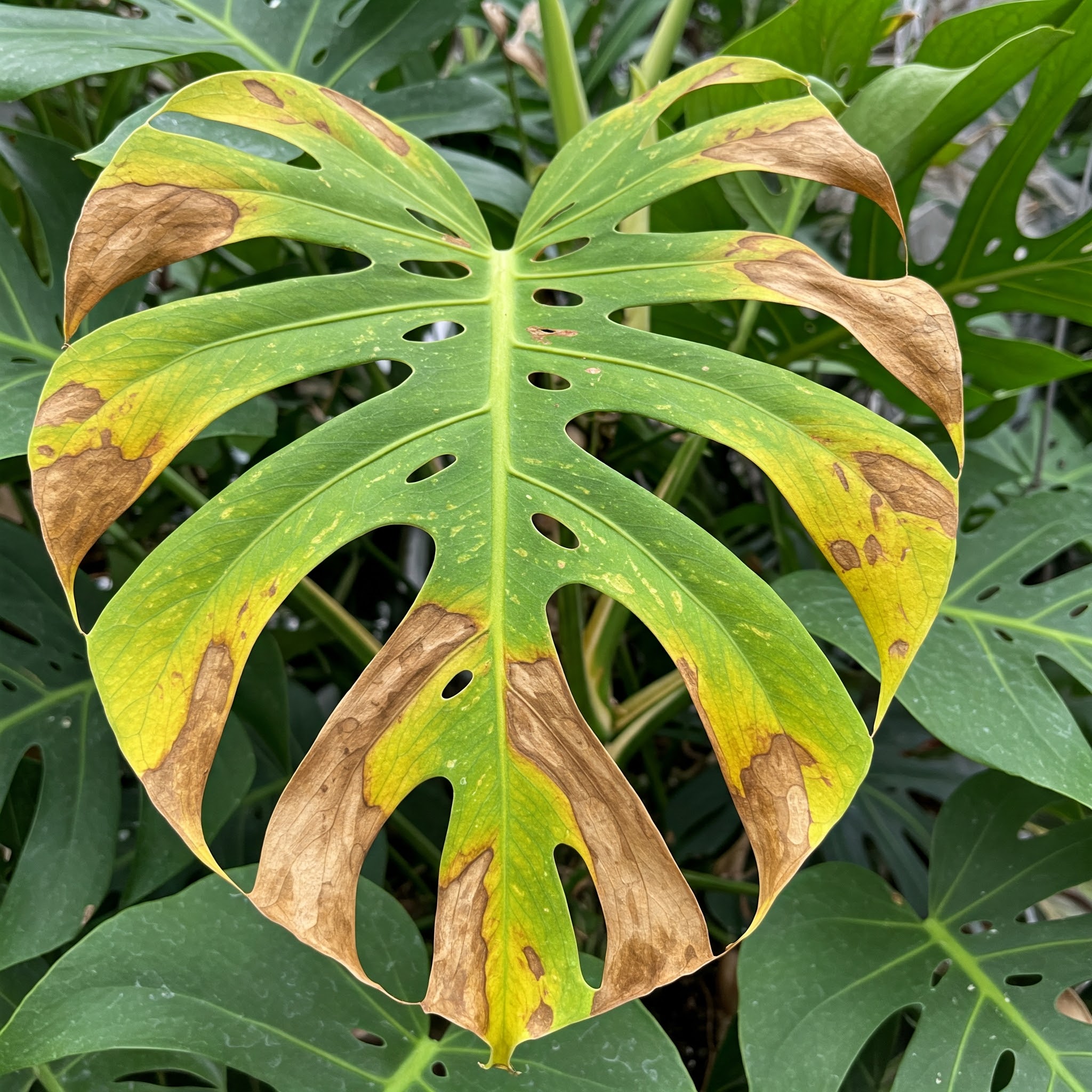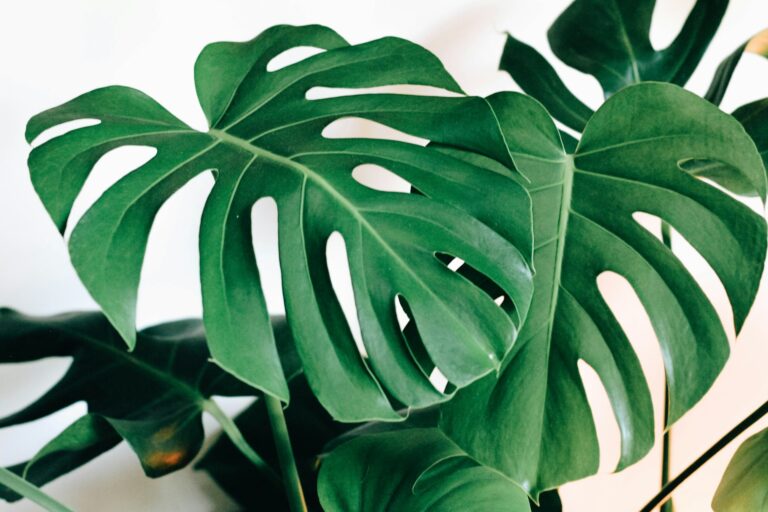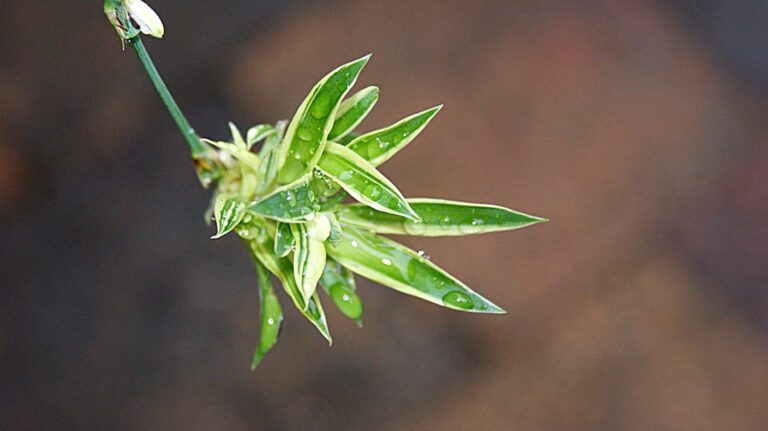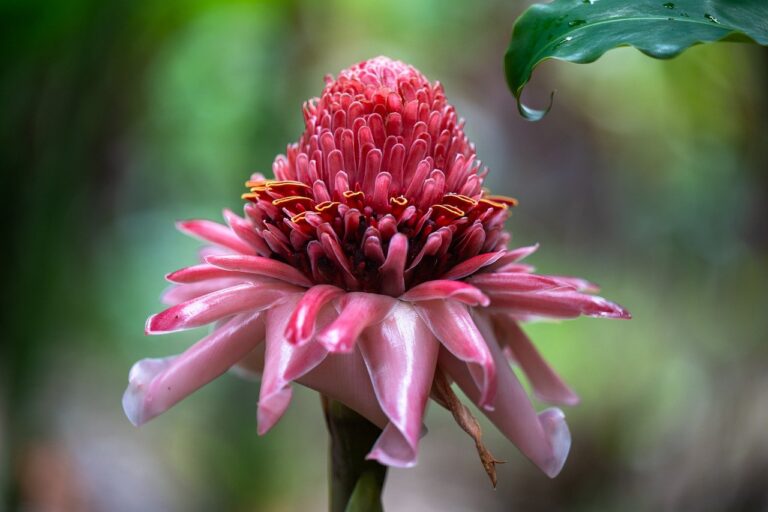Are you worried about the brown leaves on Monstera plants? Brown leaves can be a sign of a problem, but they can also be a natural part of the plant’s growth cycle. In this article, we will explore why your Monstera leaves may be turning brown and what you can do to fix the issue.
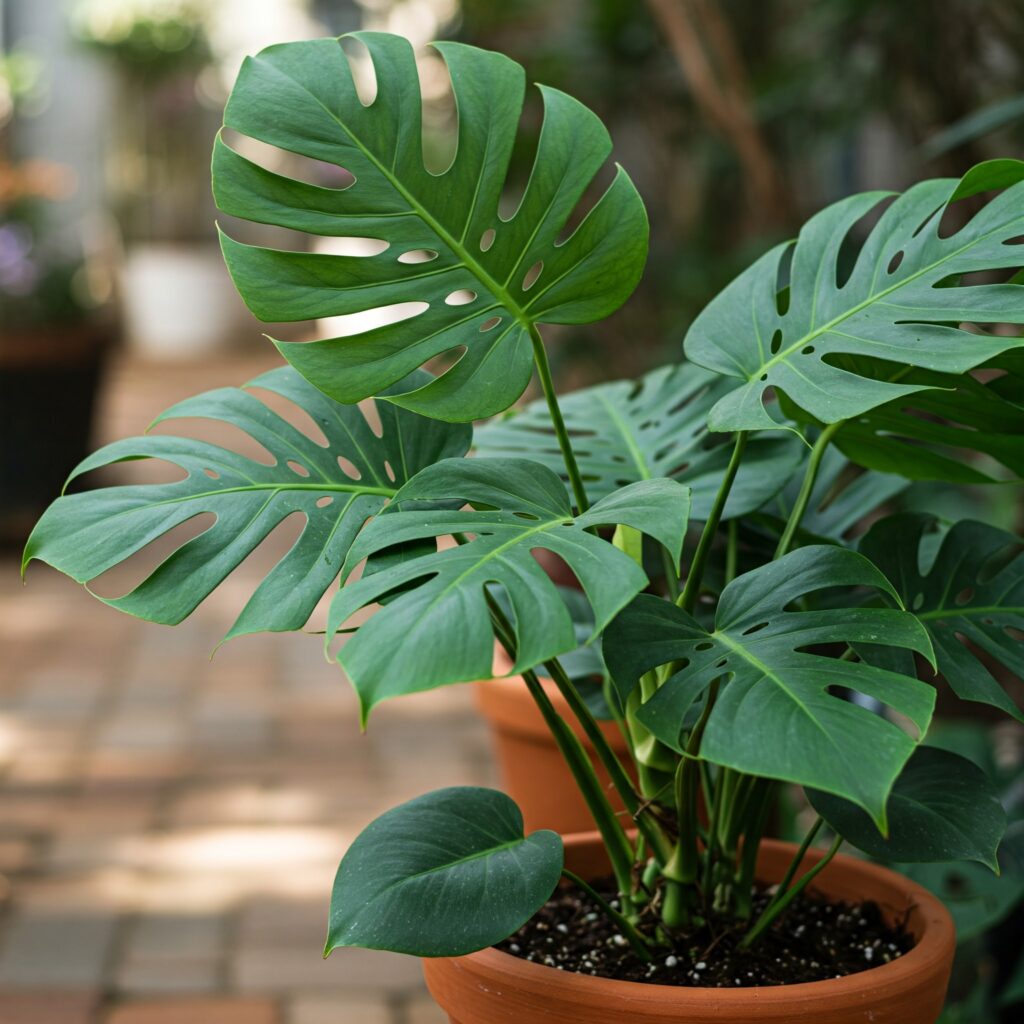
One of the most common reasons for brown leaves on Monstera plants is overwatering. When the soil is constantly wet, the plant’s roots can become waterlogged, leading to root rot. This can cause the leaves to turn brown and wilt. Another reason for brown leaves is underwatering. When a Monstera plant is not getting enough water, the leaves can dry out and turn brown. It’s essential to find the right balance when watering your Monstera plant.
Reasons for Brown Leaves on Monstera plant
When you notice brown leaves on your Monstera, it is a sign that something is wrong. Here are some common reasons why Monstera leaves turn brown:
Overwatering
Overwatering is one of the most common reasons why Monstera leaves turn brown. When you water your Monstera too frequently or give it too much water at once, the roots can become waterlogged and begin to rot. This can cause the leaves to turn brown and wilt.
You can tell if overwatering is the problem by checking the soil moisture level. If the soil is consistently wet or soggy, you are likely overwatering your Monstera plant. Additionally, if the leaves are soft and mushy or the roots are brown and mushy, it is a sign of root rot.

To fix overwatering, you should allow the soil to dry out between waterings. Check the moisture level by sticking your finger about an inch into the soil – if it feels dry, it’s time to water. If the soil is still moist, wait a few days before checking again. Ensure the pot has adequate drainage to allow excess water to flow from the bottom.
If your Monstera plant shows signs of root rot, you may need to repot it into fresh, well-draining soil. Remove the plant from the pot and trim any dead or rotting roots. Repot the plant into fresh soil and ensure that the soil is moist but not soggy. Allow the plant to recover in a bright, humid location with indirect light.
Underwatering
Underwatering can also cause Monstera leaves to turn brown. When the plant does not receive enough water, it can become stressed, and the leaves can dry out and turn brown.
To determine if it’s underwatering, check the moisture level. If the soil is completely dry, or if the pot feels very light, you are likely giving the plant less water. Additionally, if the leaves are crispy or shriveled, it is a sign of dehydration.
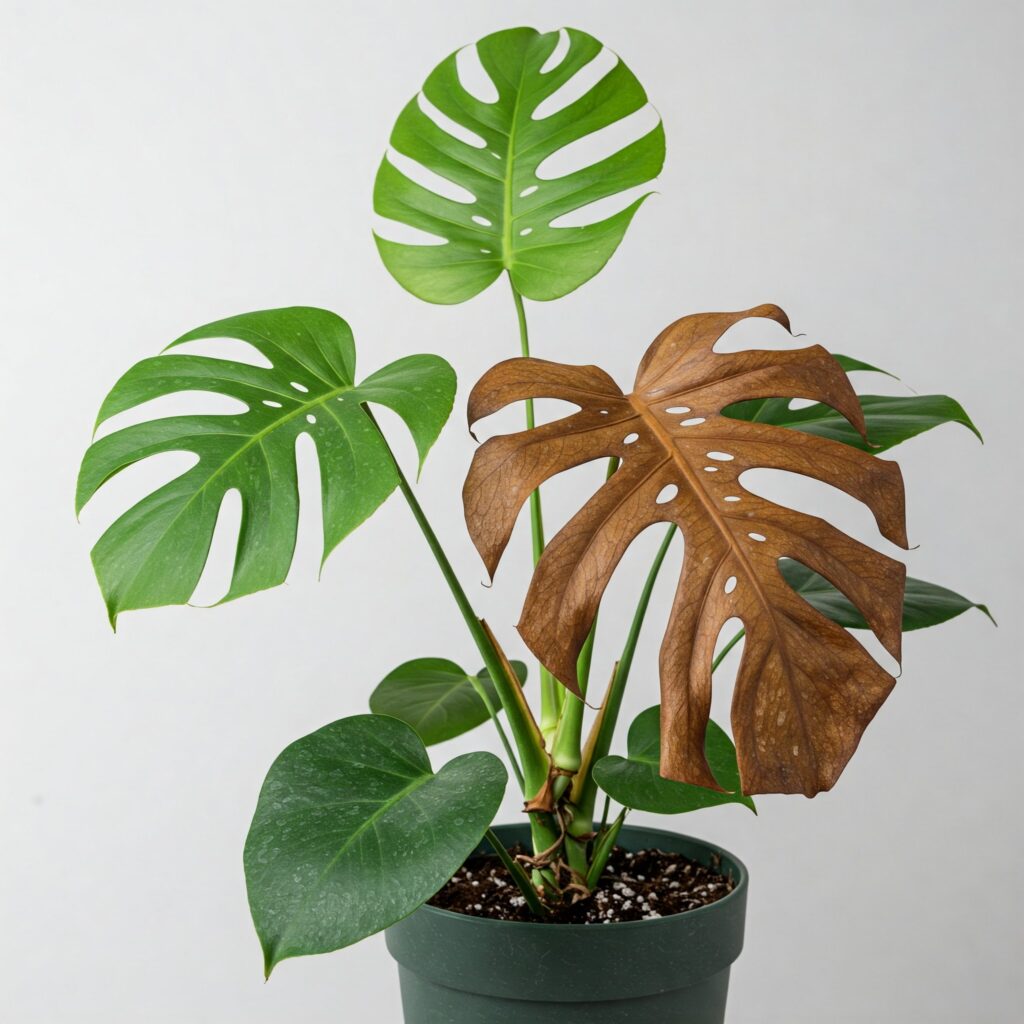
To prevent underwatering, make sure to water your Monstera regularly and thoroughly. Check the soil moisture level by sticking your finger into the soil to a depth of about an inch. If the soil feels dry, it’s time to water.
If your Monstera plant is already showing signs of dehydration, you may need to take extra steps to help it recover. Consider misting the leaves regularly to increase humidity levels, and move the plant to a location with bright, indirect light.
Low Humidity
Monstera plants prefer a high-humidity environment, and when the air is too dry, the leaves can become dehydrated and turn brown around the edges or in spots.
You can tell your plant is affected by low humidity if the air in the room is dry or if you notice that other plants in the area also suffer from dryness.
You can fix low humidity by increasing the moisture levels around the plant. Consider using a humidifier to add moisture to the air, or place a tray of water near the plant to help increase humidity levels. You can also mist the plant leaves regularly with a spray bottle to help keep them hydrated.
Another way to increase humidity is to group your plants together. When plants are grouped, they release moisture into the air through a process called transpiration, which can help increase humidity levels in the area.
Too Much Sunlight
Monstera plants prefer bright, indirect sunlight. When Monstera plants are exposed to direct sunlight for extended periods, the leaves can become scorched, turn brown, and even develop holes.
The easy way to determine if your plant is receiving too much sunlight is by checking the plant’s location. If the plant is in a spot with direct sunlight for several hours a day, the excess sunlight will cause brown leaves on the monstera plant. Additionally, if the brown spots are concentrated on the side of the plant facing the window or light source, it is a sign of sun damage.
To fix too much sunlight, you can move your Monstera plant to a location with indirect or filtered light. Consider placing it in a room with bright, indirect light, or use a sheer curtain to filter the sunlight. Also, you can find a balance between providing enough light for the plant to thrive and protecting it from excessive sunlight.
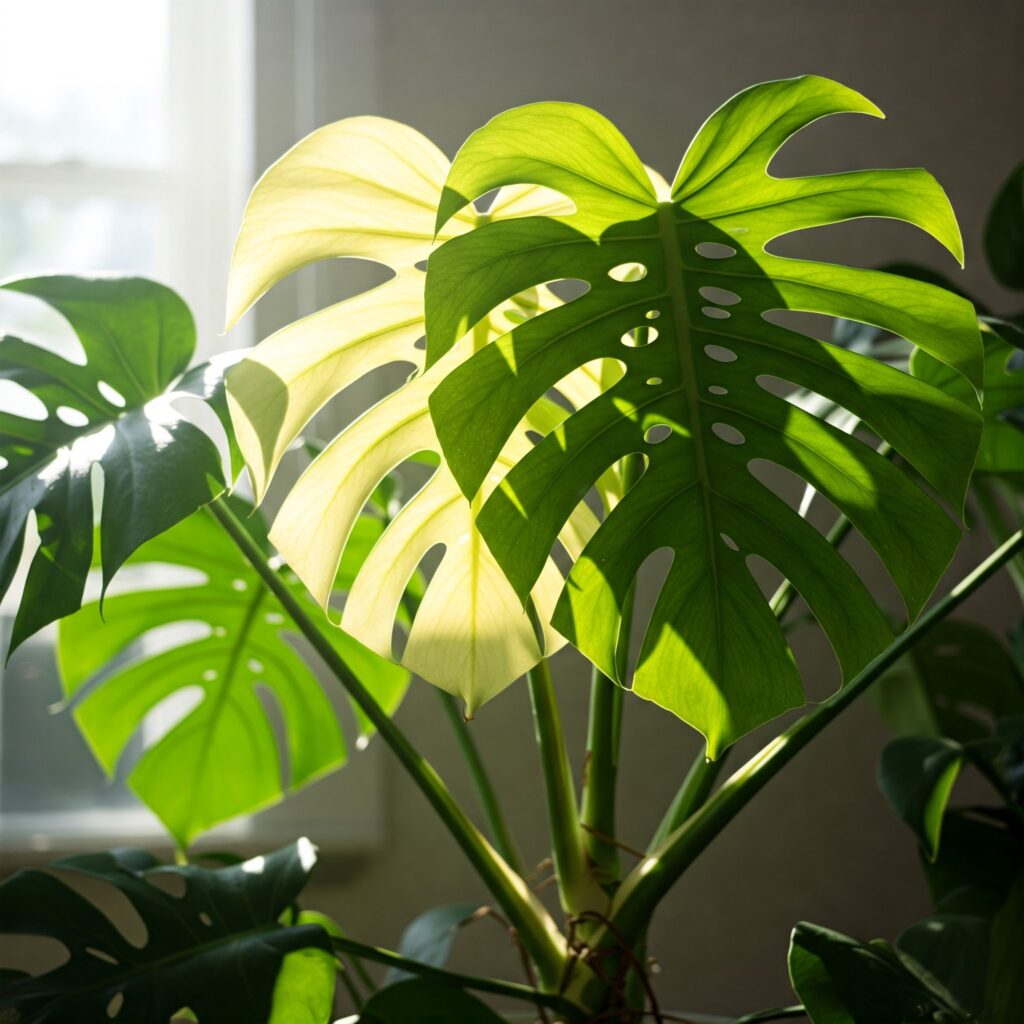
If the damage is severe, you may need to trim the affected leaves to encourage new growth. Use a clean, sharp pair of scissors to remove any brown or damaged leaves, making sure to cut as close to the stem as possible.
Pest Infestation
A pest infestation can cause brown leaves on monstera leaves because insects can damage the leaves by feeding on them or transmitting diseases. Common pests that can infest Monstera plants include spider mites, mealybugs, scale insects, and thrips.
It’s easier to notice pest infestation on your plant’s leaves and stems. Look for signs of insects, such as small webs, tiny bugs, or sticky residue on the leaves. Additionally, if the brown spots on the leaves are accompanied by yellowing or wilting, it is a sign that pests may be present.
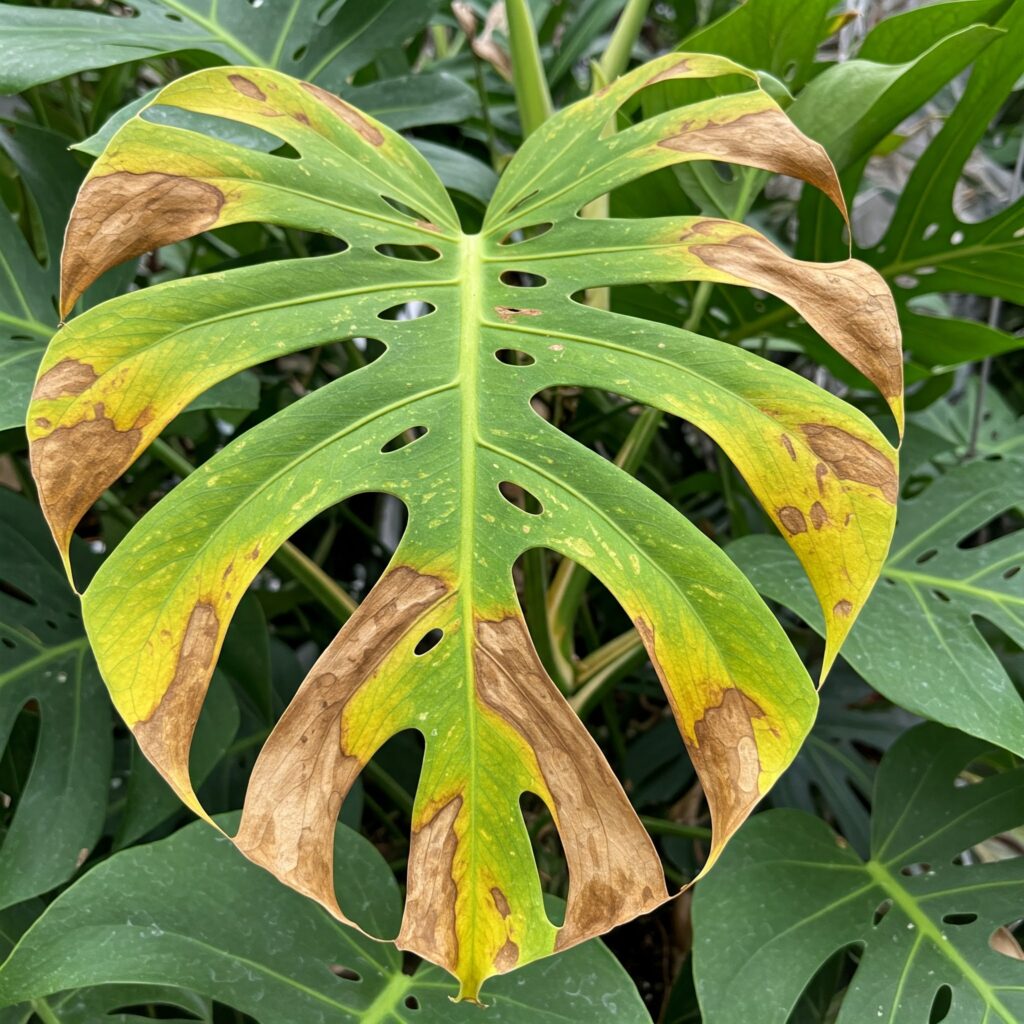
To fix the problem, start by isolating the affected plant from other plants to prevent the spread of pests. Use a mild insecticidal soap or neem oil spray to kill the insects and their eggs. Make sure to thoroughly coat the leaves and stems of the plant, and repeat the treatment after a week or two to ensure that all the pests are eliminated.
If the infestation is severe, you may need to remove severely damaged leaves to prevent the spread of the pests. Monitor the plant closely to ensure that the infestation does not return. Also, take preventative measures, such as regularly inspecting your other plants for signs of infestation and practicing good plant hygiene.
Conclusion.
In conclusion, brown leaves on Monstera plants can be caused by various environmental factors, including lack of water, too much sunlight, and low humidity. By ensuring that your plant gets enough water, is placed in the right amount of sunlight, and has adequate humidity levels, you can prevent brown leaves from occurring and keep your Monstera plant healthy and thriving.
